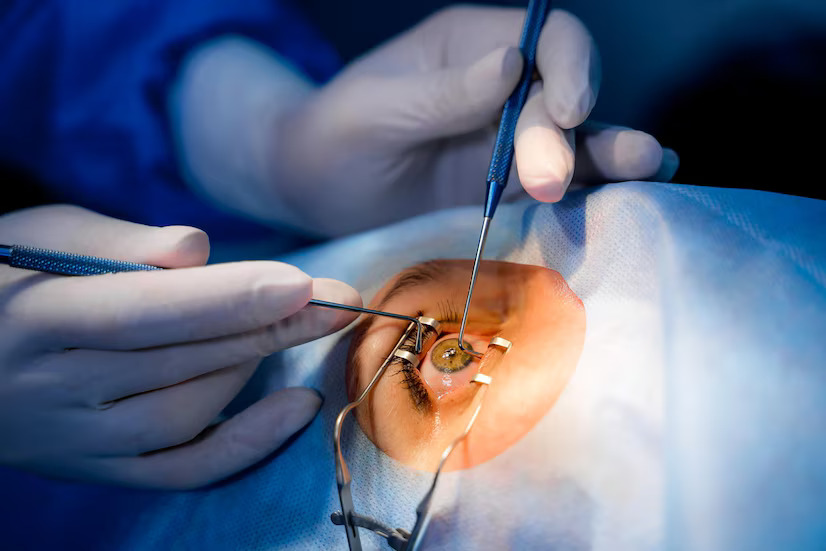Purpose of review
Cataracts are a significant cause of blindness and visual impairment worldwide. With the recent advances in cataract surgery techniques, outcomes have improved significantly in uncomplicated cases. This article discusses the challenges and outcomes of cataract surgery in complex cases targeting eyes with ocular surface diseases like Stevens–Johnson syndrome, ocular cicatricial pemphigoid, Mooren’s ulcer, vernal keratoconjunctivitis and limbal stem cell deficiency.
Recent findings
Ocular surface diseases are commonly associated with corneal scarring and vascularization, conjunctival inflammation, symblepharon and forniceal shortening. Any surgical intervention in a hostile ocular surface environment may worsen the disease, which may result in visual deterioration. In recent past, with the use of immunosuppressants and with the introduction of different ocular surface reconstruction surgeries; stabilization of ocular surface can be achieved prior to planning cataract surgery. This kind of step-wise approach can considerably improve visual outcomes in such cases.
Summary
Cataract surgery in ocular surface diseases needs careful preoperative, intraoperative and postoperative planning. Performed in a staged manner under favorable ocular environment, it has good visual outcomes and can improve the quality of life in such patients.








